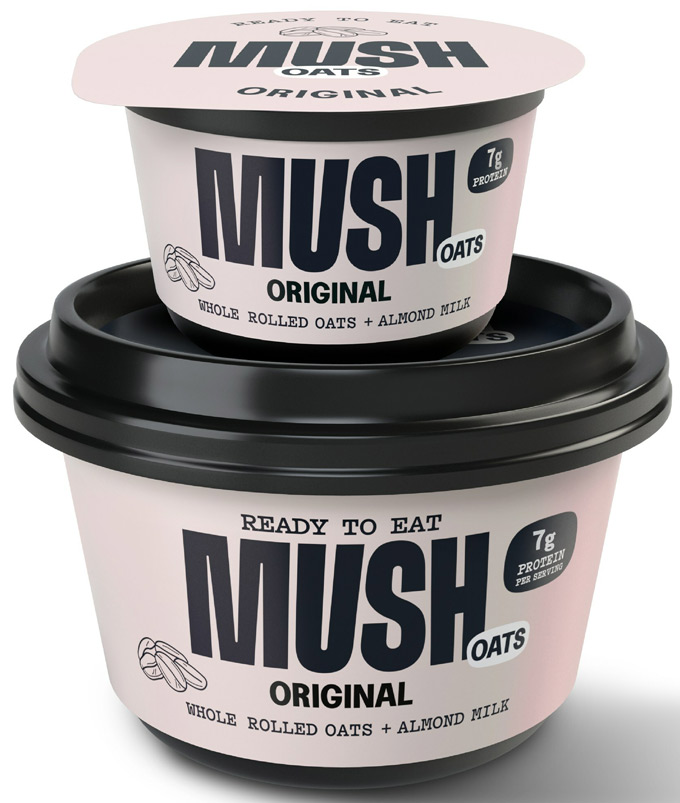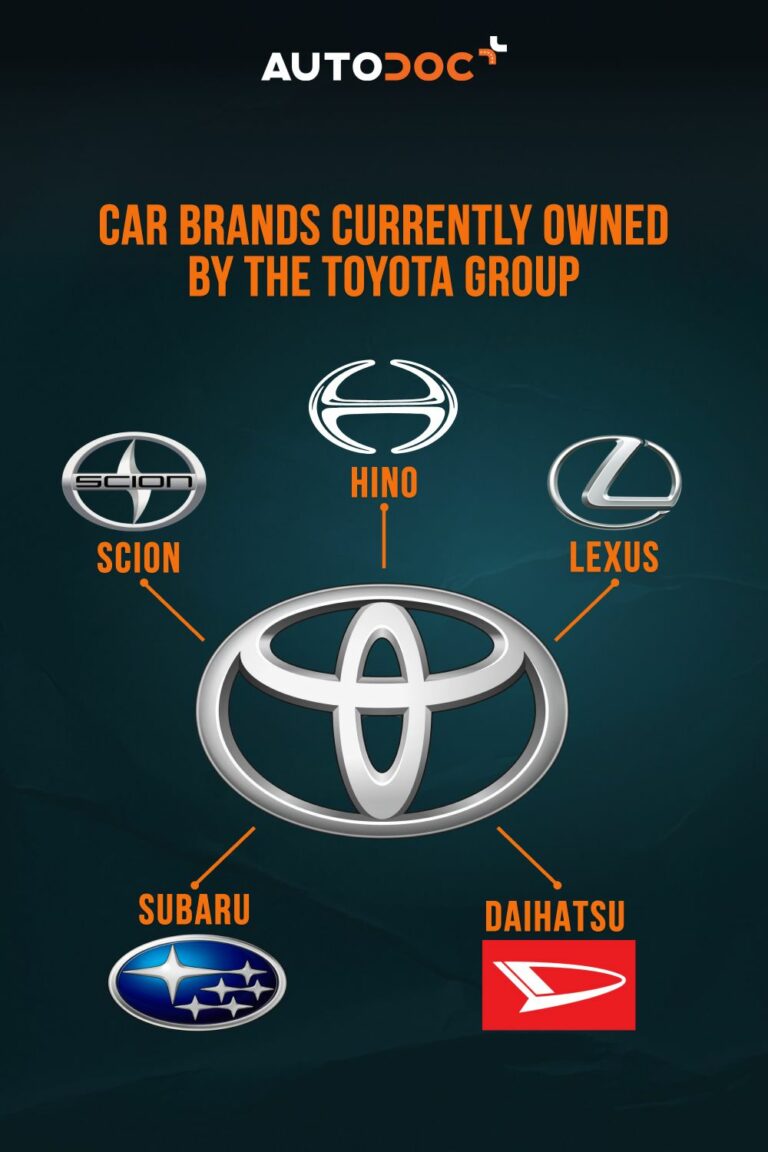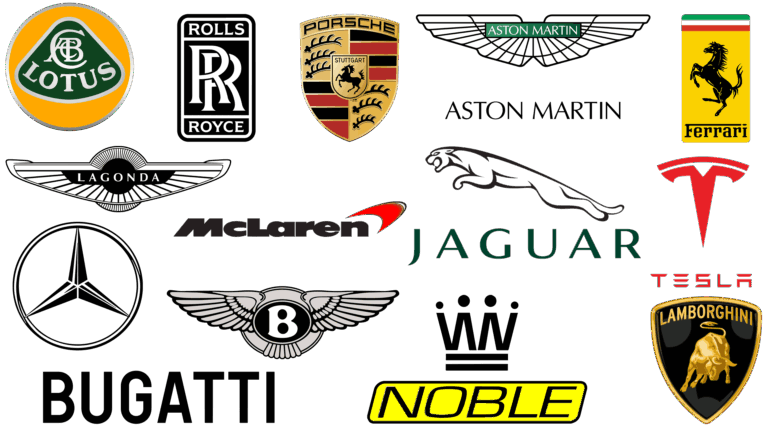How Much Does A Peterbilt Cost? Unraveling the Price Tag of a Legendary Truck
How Much Does A Peterbilt Cost? Unraveling the Price Tag of a Legendary Truck cars.truckstrend.com
The rumble of a Peterbilt engine, the gleam of its iconic grille, and its commanding presence on the highway are symbols of American trucking. Peterbilt trucks are more than just vehicles; they are the workhorses of commerce, the mobile offices of long-haul drivers, and often, a source of immense pride for their owners. But for anyone considering acquiring one of these magnificent machines, a fundamental question quickly arises: "How much does a Peterbilt cost?"
This seemingly simple query, however, belies a complex answer. The price of a Peterbilt is not a single, fixed number. Instead, it’s a dynamic figure influenced by a multitude of factors, from the specific model and its configurations to a vast array of optional features, market conditions, and even the nuances of long-term ownership. Understanding these various cost components is crucial for making an informed purchasing decision, whether you’re a seasoned fleet manager, an aspiring owner-operator, or simply curious about the economics of heavy-duty trucking. This comprehensive guide will break down the multifaceted costs associated with Peterbilt trucks, providing a detailed roadmap to navigating their price tags.
How Much Does A Peterbilt Cost? Unraveling the Price Tag of a Legendary Truck
The Foundation: Base Price of a New Peterbilt
At its core, the initial cost of a new Peterbilt truck represents its base price, the starting point before any significant customization or add-ons. This figure varies widely depending on the model and its fundamental specifications. Peterbilt offers a diverse lineup designed for various applications, each with its own price range:
- Peterbilt 579: Often the go-to choice for long-haul trucking, known for its aerodynamics and fuel efficiency. New base prices typically range from $150,000 to $200,000.
- Peterbilt 389: The classic, iconic long-nose Peterbilt, favored by owner-operators for its traditional styling and powerful presence. Base prices for a new 389 usually start higher, often in the $180,000 to $250,000+ range.
- Peterbilt 567: A versatile vocational truck, designed for construction, refuse, and other demanding applications. Its price can vary significantly based on the specific vocational body and chassis configuration, typically ranging from $160,000 to $280,000+.
- Peterbilt 520: A low-cab forward model primarily used for refuse collection. While specialized, its highly engineered chassis can still command prices from $180,000 to $250,000+.
:max_bytes(150000):strip_icc()/4939830-cornmeal-mush-Deborah-Kijak-Hess-4x3-1-21ecd18d67fe45c29bb9bf1abf0ab908.jpg)
These base prices typically include a standard engine, transmission, axle configuration, and a basic interior package. However, few Peterbilts roll off the lot without some level of personalization.
Elevating the Investment: Customization and Optional Features
Where the real cost differentiation begins is in the realm of customization and optional features. Peterbilt trucks are renowned for their configurability, allowing buyers to tailor the truck precisely to their operational needs and personal preferences. These additions can significantly increase the final sticker price.
- Engine and Powertrain Upgrades: Opting for a larger, more powerful engine (e.g., a higher horsepower PACCAR MX-13 or Cummins X15), a specialized automated manual transmission, or specific rear axle ratios to optimize for fuel efficiency or heavy hauling will add tens of thousands to the cost.
- Cab Configurations and Interiors: Choosing a larger sleeper cab (e.g., 80-inch UltraLoft) over a day cab, or upgrading to premium interior packages with leather seats, wood grain accents, advanced infotainment systems, refrigerators, and ample storage, can add anywhere from $10,000 to $50,000+.
- Aerodynamic Packages: Enhancements like cab extenders, fairings, and chassis skirts improve fuel efficiency but come at an additional cost, usually in the range of $2,000 to $10,000.
- Safety and Technology: Advanced Driver-Assistance Systems (ADAS) such as collision mitigation, lane departure warning, adaptive cruise control, and blind-spot monitoring are increasingly common and add to the price, often between $5,000 and $15,000. Telematics systems, onboard scales, and auxiliary power units (APUs) also fall into this category.
- Exterior Enhancements: Custom paint schemes, additional chrome accessories, polished aluminum wheels, custom lighting, and specialized grilles can quickly add $5,000 to $30,000+ depending on the extent of personalization.
- Specialized Equipment: For vocational trucks (e.g., dump bodies, concrete mixers, wreckers), the cost of the mounted equipment can often exceed the cost of the chassis itself, pushing the total price well over $300,000 or even $400,000.


Navigating the Pre-Owned Market: Used Peterbilt Costs
For many, a new Peterbilt might be out of budget, making the used truck market an attractive alternative. The cost of a used Peterbilt is significantly lower than a new one, but it also depends on several critical factors:
- Age and Mileage: Like any vehicle, depreciation is steepest in the first few years. A 2-3 year old Peterbilt can be 30-50% less than its new price, while a 5-7 year old model might be 60-70% less. Mileage is also a major factor, with higher mileage trucks fetching lower prices.
- Condition and Maintenance History: A well-maintained truck with documented service records will command a higher price. Thorough inspections for rust, engine wear, transmission issues, and overall structural integrity are crucial.
- Model and Configuration: Popular models like the 579 and 389 tend to hold their value better than highly specialized vocational trucks. Trucks with desirable features (e.g., larger sleepers, efficient powertrains) will also be more sought after.
- Market Demand: Economic conditions, freight rates, and supply-demand dynamics in the used truck market can influence prices.
A 3-5 year old Peterbilt 579 with 400,000-600,000 miles might range from $70,000 to $120,000, while a 7-10 year old 389 with higher mileage could be found for $40,000 to $80,000. Vocational trucks vary even more widely.
Beyond the Sticker Price: The True Cost of Peterbilt Ownership
The initial purchase price, whether new or used, is just the beginning of the financial commitment. The true cost of owning a Peterbilt involves numerous ongoing expenses, collectively known as the Total Cost of Ownership (TCO). Ignoring these can lead to significant financial strain.
- Financing/Leasing Costs: Unless you pay cash, interest on a loan or lease payments will be a substantial part of your monthly expenses. Interest rates vary based on creditworthiness, loan term, and market conditions. A typical commercial truck loan term is 5-7 years.
- Insurance: Commercial truck insurance is expensive, covering liability, physical damage, cargo, and often bobtail/non-trucking liability. Premiums vary based on the truck’s value, the company’s safety record, routes, and driver experience, easily ranging from $8,000 to $25,000+ per year.
- Fuel: This is often the single largest operating expense for any truck. A Peterbilt averaging 6-8 MPG and traveling 100,000 miles annually will consume 12,500-16,667 gallons of diesel. At $4.00/gallon, that’s $50,000 to $66,668 annually.
- Maintenance & Repairs: Scheduled preventative maintenance (oil changes, tire rotations, brake checks) is critical. Unexpected breakdowns, component replacements (turbochargers, DPF systems, transmissions, engines), and labor costs can quickly add up. Budgeting $0.15 to $0.30 per mile for maintenance is a common guideline, translating to $15,000 to $30,000+ annually for a high-mileage truck.
- Tires: A set of 18 truck tires can cost $6,000 to $10,000+ and may need replacement every 100,000-200,000 miles depending on use and type.
- Licensing, Permits, and Taxes: Annual registration fees, IFTA (International Fuel Tax Agreement) taxes, HVUT (Heavy Vehicle Use Tax), and various state-specific permits (e.g., weight-distance taxes) are mandatory. These can easily total $2,000 to $5,000+ per year.
- Technology & Subscriptions: ELD (Electronic Logging Device) subscriptions, GPS tracking, and fleet management software fees are ongoing operational costs.
Table of Representative Peterbilt Costs (Estimates)
Please note: These figures are estimates and can vary significantly based on market conditions, dealer promotions, specific configurations, and negotiation.
| Peterbilt Model | New Base Price Range (USD) | Common Upgrades Cost (USD) | Representative Used Price Range (3-5 years old, USD) |
|---|---|---|---|
| 579 (Sleeper) | $150,000 – $200,000 | $10,000 – $50,000+ | $70,000 – $120,000 |
| 389 (Sleeper) | $180,000 – $250,000+ | $15,000 – $70,000+ | $80,000 – $150,000 |
| 567 (Vocational) | $160,000 – $280,000+ | $20,000 – $100,000+ (incl. body) | $60,000 – $130,000 (chassis only, variable) |
| 520 (Refuse) | $180,000 – $250,000+ | $20,000 – $80,000+ | $70,000 – $140,000 (highly specialized) |
| Day Cab Models | $130,000 – $180,000 | $5,000 – $30,000+ | $50,000 – $90,000 |
Note: "Common Upgrades Cost" refers to the additional cost on top of the base price for popular options like larger sleepers, premium interiors, advanced safety systems, and engine upgrades. It does not include vocational body costs for 567/520 which can add hundreds of thousands.
Strategies for Managing Peterbilt Costs
Acquiring and operating a Peterbilt requires strategic planning. Here’s practical advice:
- Define Your Needs Precisely: Avoid over-specifying. A basic day cab for local hauling will be far cheaper than a fully loaded long-haul sleeper with every available option.
- Research and Compare: Get quotes from multiple Peterbilt dealers. Don’t be afraid to negotiate on price and financing terms.
- New vs. Used Analysis: Carefully weigh the benefits of lower initial cost (used) against the warranty, latest technology, and customization options (new). A certified pre-owned program can offer a good middle ground.
- Focus on Total Cost of Ownership (TCO): Use TCO calculators to project all expenses over the truck’s lifespan, not just the purchase price. Factor in fuel efficiency, maintenance intervals, and potential resale value.
- Proactive Maintenance: Stick to the manufacturer’s recommended service schedule. Preventative maintenance is almost always cheaper than reactive repairs.
- Shop for Insurance: Get quotes from several commercial truck insurance providers to find the most competitive rates for the required coverage.
- Consider Leasing: For some businesses, a full-service lease can offer predictable monthly payments, bundling maintenance and other costs, simplifying budgeting.
Concluding Thoughts
The question "How much does a Peterbilt cost?" is a gateway to understanding the intricate economics of the trucking industry. From the initial investment in a new or used model to the continuous flow of operational expenses like fuel, maintenance, and insurance, owning a Peterbilt is a substantial financial undertaking. However, Peterbilt trucks are renowned for their durability, reliability, strong resale value, and driver appeal, which can contribute to long-term profitability and satisfaction. By thoroughly understanding all the cost components and adopting smart financial strategies, buyers can make informed decisions that ensure their Peterbilt is not just a powerful machine, but a sound investment for years to come.
Frequently Asked Questions (FAQ)
Q1: Is Peterbilt more expensive than other truck brands like Freightliner or Kenworth?
A1: Generally, Peterbilt is considered a premium brand, often commanding higher prices than some base models from manufacturers like Freightliner, Volvo, or International, especially for their classic 389 model. However, high-spec models from any premium brand can be similarly priced. Kenworth, being a PACCAR sister company, often has similar pricing structures for comparable models.
Q2: What is the typical lifespan of a Peterbilt truck?
A2: With proper maintenance, a Peterbilt truck can reliably last for 1 million to 1.5 million miles or more. The engine and transmission are typically designed for such longevity, but other components will require replacement over time.
Q3: How much does a Peterbilt engine overhaul or replacement cost?
A3: An in-frame engine overhaul can cost anywhere from $15,000 to $30,000, depending on the engine model and extent of work. A complete engine replacement (new or remanufactured) can range from $30,000 to $50,000 or even more, plus labor.
Q4: Does Peterbilt offer financing options?
A4: Yes, Peterbilt dealers typically work with Peterbilt Capital (a PACCAR Financial company) and other third-party lenders to offer various financing and leasing options for both new and used trucks. Terms and rates depend on the buyer’s creditworthiness and the specific deal.
Q5: What’s the best Peterbilt model for an owner-operator?
A5: The "best" model depends on the owner-operator’s specific hauling needs. The Peterbilt 579 is popular for long-haul operations due to its fuel efficiency and driver comfort. The Peterbilt 389 is a favorite for those who value classic styling, power, and high resale value, often seen as an owner-operator’s pride and joy. Vocational operators might opt for the 567.
.jpg?v=1693196115492)



